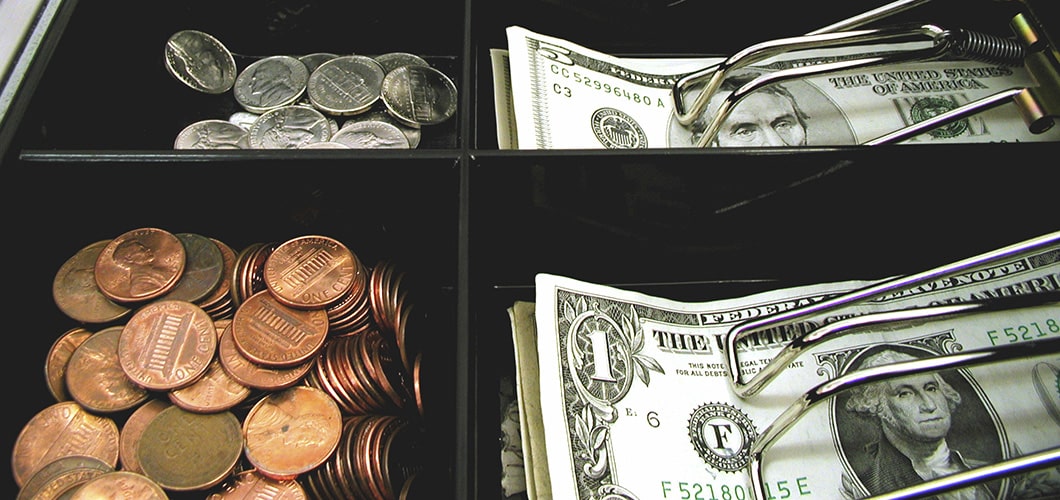The cash flow statement is not the same as your income statement, which includes non-cash items such as depreciation.
If your company is publicly traded, the SEC requires that you prepare a cash flow statement quarterly. Even if your company is private, it’s still a good idea to do a regular cash flow statement, as it measures the flow of cash in and out of your business, showing you where your money is coming from and how you’re spending it.
Importance Of The Cash Flow Statement
The cash flow statement gives an accurate view of how well your company is actually doing, because it indicates how much money your company has actually generated and spent. This gives you, your creditors and investors a good idea if you’re able to handle cash well, meet your financial obligations and comfortably finance growth.
If the cash generated from your operation is generally greater than the net income, the company is considered to be doing well, whereas if the opposite is true, then the company is most likely not doing well.
Inadequate cash on hand to pay bills can jeopardize a company’s solvency. Companies with sufficient cash are more likely to remain viable and are more attractive to stockholders, because owners are able to pay bills, increase dividends, reduce debt, buy back stock and expand.
Your current cash flow statement can also assist you in predicting future cash flow, which enables you to devise a realistic budget.
Contents Of A Cash Flow Statement
Cash flow statements became required for publicly traded companies in 1987. Various rules stipulate how information is to be recorded on the statements. The documents are organized into four general categories.
First is cash from operations, which constitutes cash brought in from daily operation; second is money from investing, encompassing cash used for investments and money from the sale of assets; third is cash from financing, including cash paid out or received from borrowing money or lending it, and dividend income; and fourth is supplemental information, including record of payment of income taxes and interest.
Specifically, the cash flow statement contains the following items: cash on hand, cash sales, receivables income, income from investments, interest on loans and asset liquidation, total income, materials and merchandise, direct labor, overhead, marketing and sales, including salaries and commissions, research and development, general and administrative labor expenses, taxes, except payroll, capital and loan payments.
Total expenses are derived from the cash flow statement by adding up the cost of direct labor, overhead, materials, marketing, sales, general and administrative expenses, research and development, capital, loan payments and taxes. Cash flow is then determined by computing the difference between total income and total expenses.

Decreases in cash from the previous cash flow statement period are bracketed on the current cash flow statement, whereas increases are left un-bracketed.
Negative Cash Flow
A negative cash flow isn’t always an indication of an unstable company. For instance, if you’re expanding your business in order to grow in the future and make more money, or if you landed a large contract and haven’t yet been paid, your cash flow statement will reflect limited cash. In such situations, it’s important that cash flow statements from prior periods are analyzed to get an accurate picture of how your company has performed over time.
A freelancer since 1985, Julie Bawden-Davis has written for many publications, including Entrepreneur, Better Homes & Gardens and Family Circle.
Read more articles and see exclusive videos in OPEN Forum’s special section on Managing Your Money.
Photo: iStockphoto, Thinkstock

